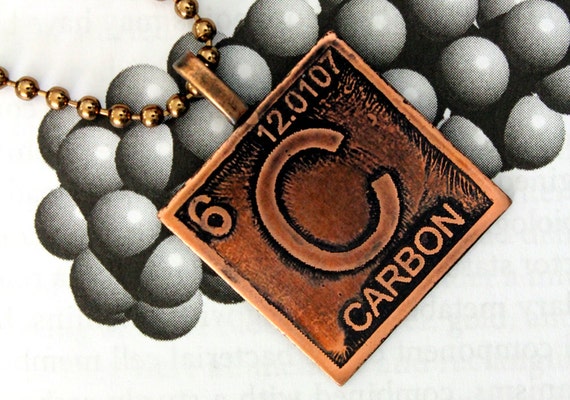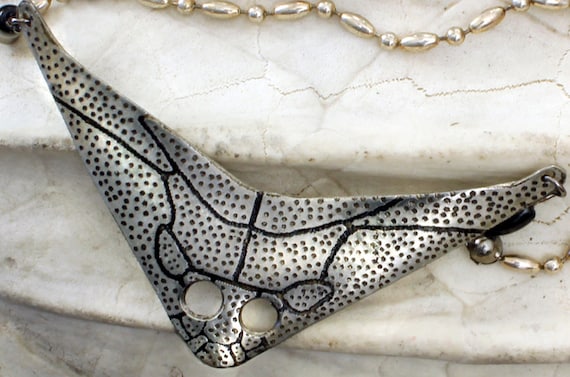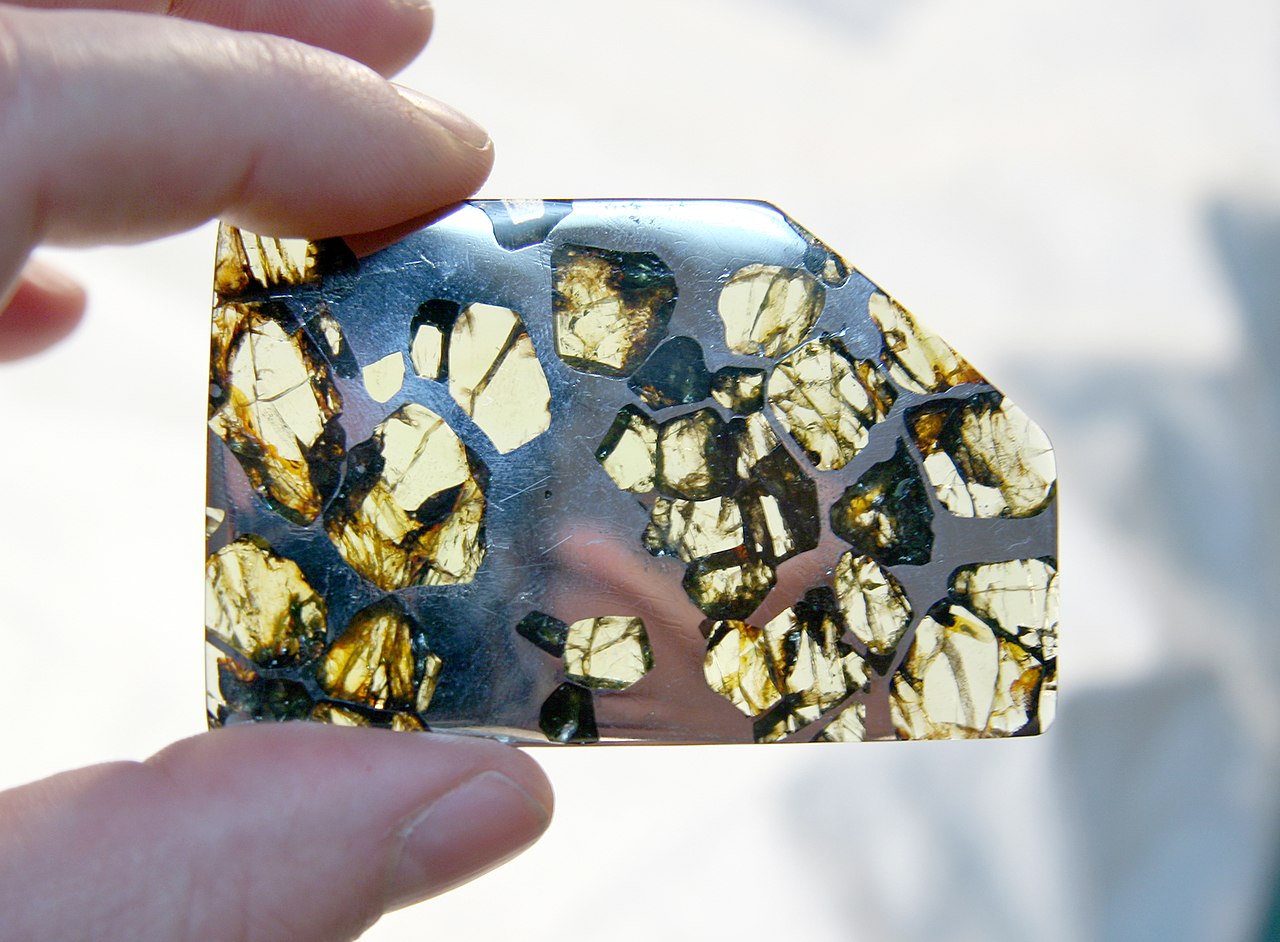A maiden born when September leaves
Are rustling in September's breeze,
A sapphire on her brow should bind
`Twill cure diseases of the mind.
After our brief trip back into silicates with
peridot, in September we're returning to
corundum. Instead of silicon and oxygen, it's composed of aluminum and oxygen.
Then what's the difference between a ruby and a sapphire? What makes them different colors? Chemical impurities. Ruby contains trace amounts of chromium; sapphire contains iron and/or titanium.
("But doesn't iron make things orange-y?"
In silicates, yes. Not in oxides. This is the same reason why chromium makes silicates look green, but ruby red. It forms different kinds of bonds that reflect or absorb light differently.)
A cool effect you can get both in rubies and in sapphires is a "star": a rutile (titanium dioxide) crystal forms within the gem and creates a 6-lined star shape. This affect is called "asterism." It's fairly rare in nature, but it's possible to induce this effect in lab-grown sapphire.
The name sapphire has a complicated history. The origins of its name can be traced conclusively to the Hebrew
sappir, but it is likely even older than that. That became the Greek
sapheiros, which was simply "blue stone." Such a precise name meant that many ancient blue stones were also called sapphire. Lapis lazuli, for example, was often referred to as sapphire, while sapphire might have been called
hyakinthos by the ancient Greeks. There is another school of thought that suggests the name comes from Sanskrit
sanipriya ("precious to Saturn"). It's difficult to say when, precisely, the name sapphire was pinned down to Al2O3.
Of course, as we learned with rubies, sapphires can come in a variety of colors besides blue.
However, it's the blue sapphire that is most often associated with September and has the most lore associated with it. Al203 in other colors were most likely confused for other stones, or considered separate.
Sapphire is a stone that has been around for a long, long time, as evident by the age of the name, so of course it's picked up a fair amount of folk beliefs and traditions!
Ancient Vedic astrologers believed the stone magnified the positive qualities of Saturn (otherwise considered an unlucky planet): leadership, ambition, responsibility, patience, and longevity. Clergy in the Middle Ages often wore sapphires (or other blue gems) to represent heaven, perhaps creating or just only reinforcing the belief that the stone attracted heavenly blessings. Royalty wore it as a charm against envy. Renaissance thinkers held that the stone could cure anger and stupidity.
The first sapphires were probably sifted out of alluvial (riverbed) deposits, where they are still found today (in addition to underground mines). The largest sapphire producers in the world are Madagascar and Australia. Some of the finest and most famous stones, however, have been mined in Sri Lanka.
Sapphire has also been synthesized since the early 1900s. The process leads to a proper, chemically-identical synthetic stone. Fortunate, because sapphire also has a lot of practical applications; particularly, it can be used for a special kind of glass that can tolerate a heavy heat load and also "let through" a broad spectrum of light. It also is scratch-resistant (considering the only thing harder than it is diamond) and extremely durable. "Sapphire glass" is used in lasers, spectrometers, barcode scanners, those xenon headlights everyone hates so much, and for shatter-resistant windows in armored vehicles. You can also find sapphire in cellphones, emergency vehicle radios, and satellite communications systems. It's quite the multipurpose stone!
Note that there, as always, unscrupulous people intent on trading on the prestige of sapphire's name. I've seen items on Etsy that list "sapphire jasper" as one of their materials used, but that's just a trade name. It's more likely
variscite (also known as aqua terra jasper, snakeskin jasper, or impression jasper), which is a
beautiful stone....but not actually sapphire. They are related only in that they are pretty.
Natural sapphires are often treated to improve their color and clarity; there are ones that are naturally brilliant and saturated with color, but they are rare and fetch a high price. There are, yes, synthetic ones as well, but beware
artificial sapphire (usually just colored glass) posing as the real thing.















